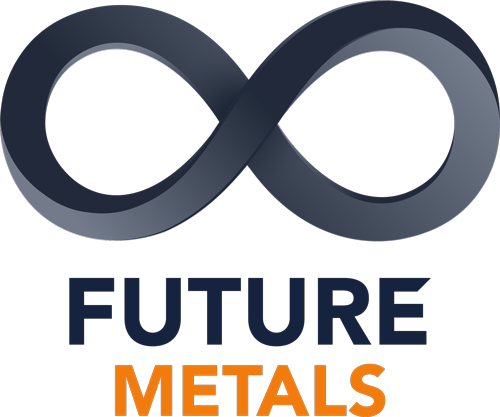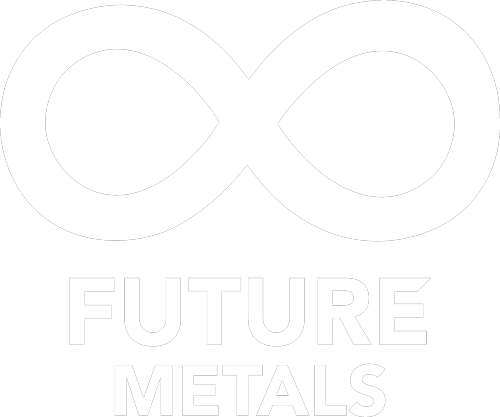Cut-off grades
A cut-off grade of 1.4g/t PdEq2 has been applied to the high-grade dunite estimate. A cutoff grade of 0.9g/t PdEq2 has been applied to the bulk dunite estimate. No differentiation between oxide and fresh rock has been made. No cutoff grade has been applied to the chromitite reefs.
Palladium metal equivalents
Based on metallurgical test work completed on Panton samples, all quoted elements included in the metal equivalent calculation (palladium, platinum, gold, nickel and chromite) have a reasonable potential of being ultimately recovered and sold.
No metallurgical test work has been undertaken on recovering a chromite concentrate from dunite and this has been excluded from equivalent calculations for the High Grade Dunite and Bulk Dunite. The Company has not included copper or cobalt in its PdEq calculations however continued optimisation of metallurgical performance may warrant their inclusion in subsequent MRE updates. Similarly, the Company’s MRE does not include rhodium, iridium or osmium due to paucity of assay data however flotation test work has demonstrated the recovery of these valuable metals. The Company will examine whether resampling of existing drill core for these elements is warranted as it progresses the Project.
Metal recoveries used in the palladium equivalent (PdEq) calculations for each element are based on metallurgical test work undertaken to date at Panton. It should be noted that palladium, platinum and chromite grades reported in this announcement are lower than the palladium and platinum grades of samples that were subject to metallurgical test work (grades of other elements are similar).
Metal prices used are based on consensus forecasts of analysts estimates. The chromite concentrate price used is a conservative estimate based on historical pricing of South African chrome ore (40-42%, CIF China).
Metal recoveries used in the palladium equivalent (PdEq) calculations are shown below:
- Reef: Palladium 80%, Platinum 80%, Gold 70%, Nickel 45% and Chromite 70%
- Dunite: Palladium 75%, Platinum 75%, Gold 85% and Nickel 40%
Assumed metal prices used are also shown below:
- Palladium US$1,500/oz, Platinum US$1,250/oz, Gold US$1,750/oz, Nickel US$20,000/t and US$175/t for chromite concentrate (40-42% Cr2O3)
Metal equivalents were calculated according to the follow formulae:
- Reef: PdEq (Palladium Equivalent g/t) = Pd(g/t) + 0.833 x Pt(g/t) + 1.02083 x Au(g/t) + 2.33276 x Ni(%) + 0.07560 x Cr2O3 (%)
- Dunite: PdEq (Palladium Equivalent g/t) = Pd(g/t) + 0.833 x Pt(g/t) + 1.322 x Au(g/t) + 2.2118 x Ni(%)
Metallurgical methods and parameters
As announced on 13 February 2023 ‘Mining and Processing Breakthrough at Panton’ and in the announcement on 11 July 2023 ‘Step Change in PGM Recovery – Improved to 86%’ the Company has successfully demonstrated the ability to produce a high-grade Ni-PGM concentrate with consistent PGM3E flotation recovery of ~80% to concentrate grades over 250g/t PGM3E. Recoveries for Ni have ranged from 37 – 45%. Recent test work by the Company has shown chromite recoveries of 70% to a concentrate grading between 40-42% Cr2O3 through flotation and magnetic separation on a composite of flotation tails. Flotation test work on dunite mineralisation has demonstrated recoveries in line with those stated in the Palladium metal equivalents section above.
The Company believes these results can be further optimised however they do support the development of a scoping level flow sheet. Further optimisation and variability test work will be undertaken as the Company progresses the Project past a scoping stage.







